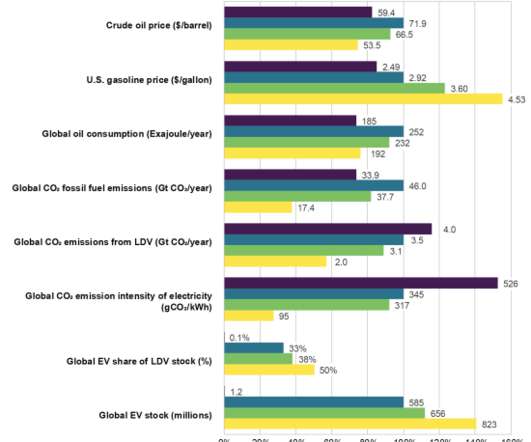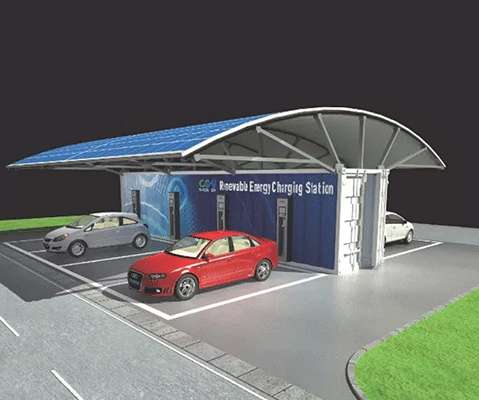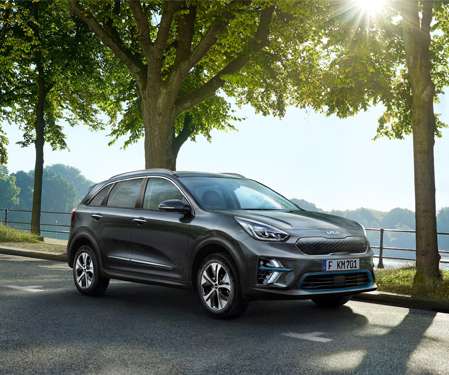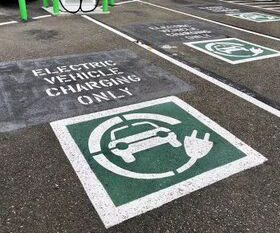MITEI releases report on 3-year study of future mobility; technological innovation, policies, and behavioral changes all needed; “car pride” an issue
Green Car Congress
NOVEMBER 24, 2019
The report is the culmination of MITEI’s three-year Mobility of the Future study, which is part of MIT’s Plan for Action on Climate Change. areas of inquiry: The potential impact of climate change policies on global fleet composition, fuel consumption, fuel prices, and economic output.
































Let's personalize your content